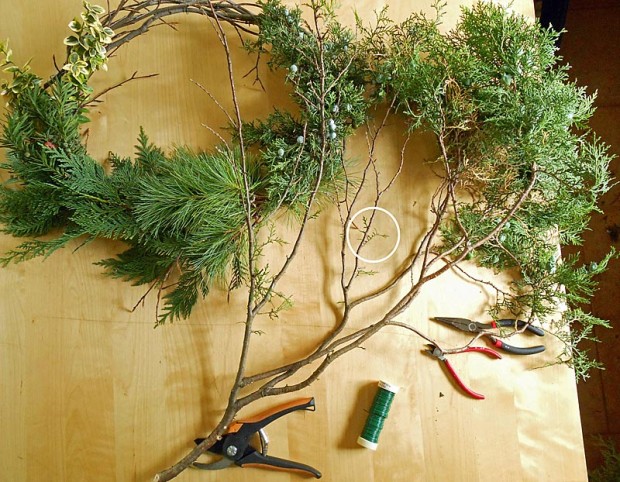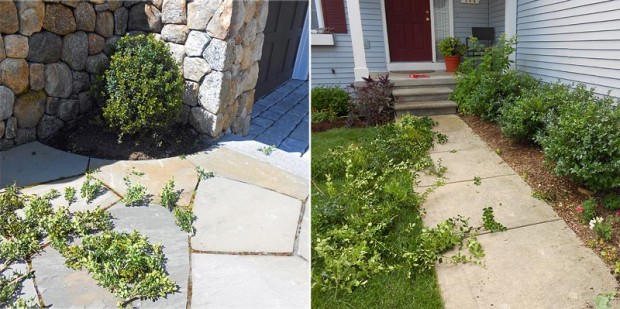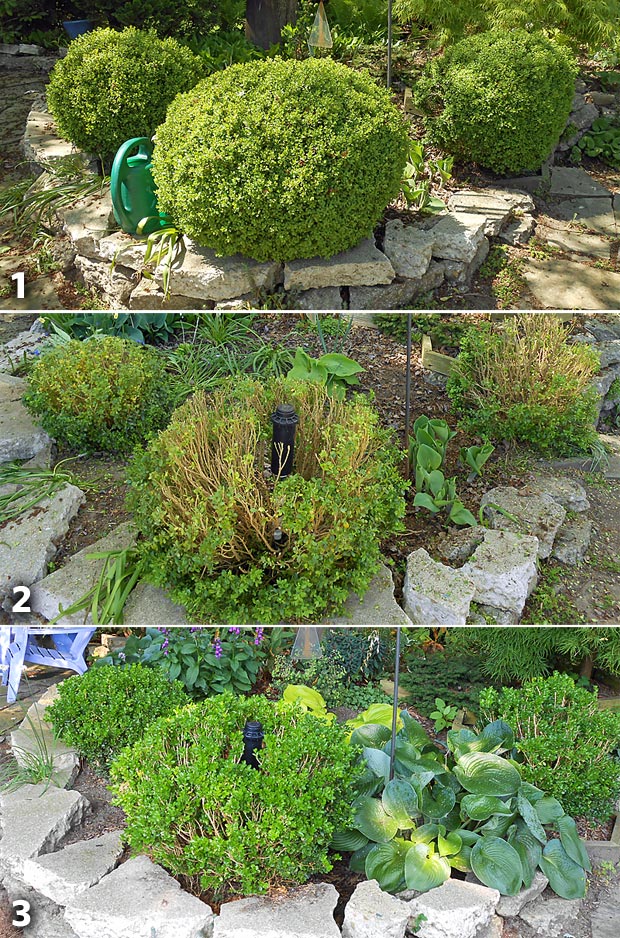AP:
This year’s Michigan apple crop is expected to be 10 times as plentiful as last year’s puny output.
While the big bounce-back is welcomed in the nation’s third-largest apple-producing state, the bounty presents its own challenges: How do growers, packers and processors maximize storage to avoid flooding stores with the fruit, thus crashing the market and lowering growers’ profits?




